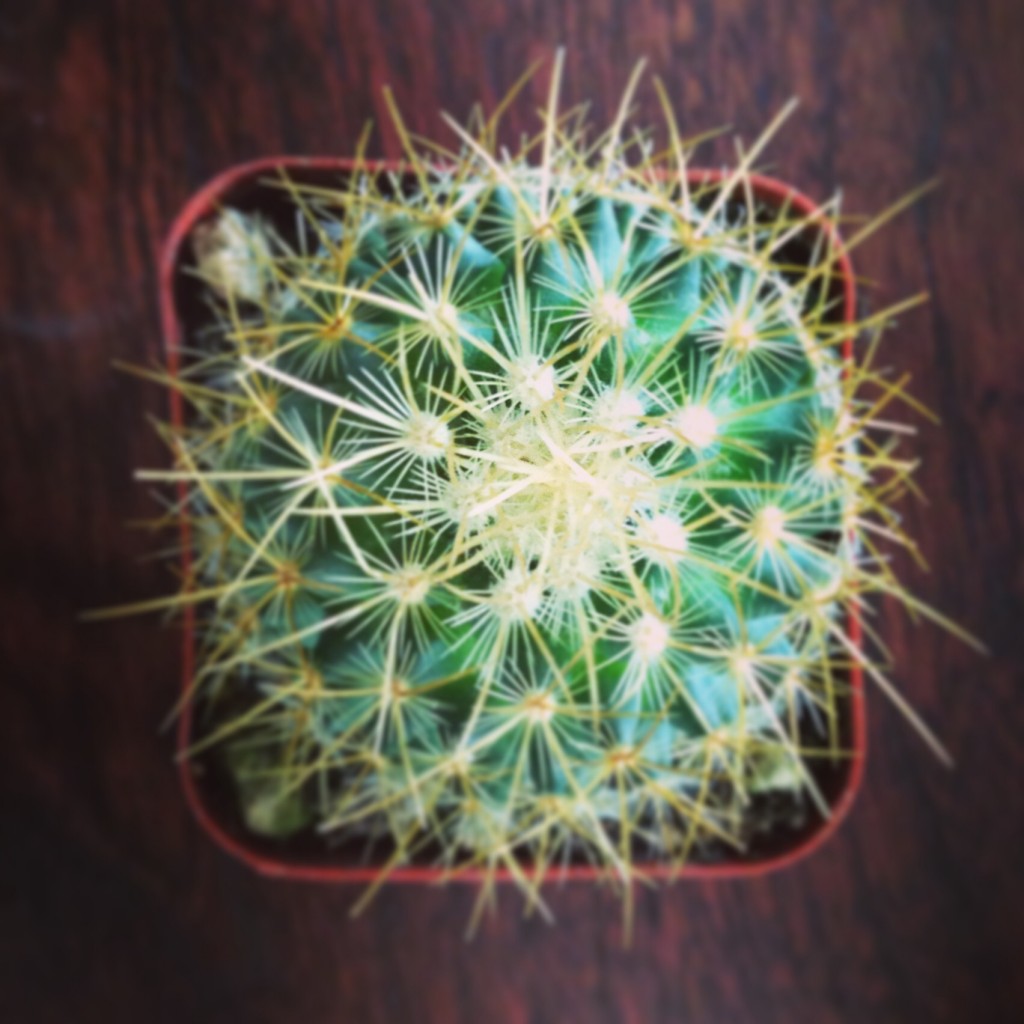The plant-astic gardening phenomenon
By Natalie Serafini, Assistant Editor
When it comes to gardening, I have more of a thumb-of-death than a green thumb. My forays into foliage have inevitably ended with shrivelled stems, wilting leaves, and a visit to the compost bin. Even the perennial herbs that are supposed to last year-round wither away under my caring touch. Rather than try to cultivate a skill that I might never develop, I’ve decided to turn to the fool-proof plant solution: succulents.
Succulents are in the drought-resistant plant family, numbering the well-known cactus among its members. They often have rubber-like leaves and stems, which help to conserve water in drier, warmer climates. Because they conserve water, they don’t need a lot of attention. Because they don’t need a lot of attention, they’ve been described as “nearly indestructible”; their independence makes them like the cats of the plant world.
In addition to their ability to survive even the most absentminded of horticulturalists, succulents have gorgeous leaf patterns and charming hues. Combine these features with their rubbery texture, and succulents have a striking, alien-like appearance that adds incredible visual interest to any home.
Convinced? Good. You should be.
Choosing a succulent could get technical as you search for a plant whose needs meets your commitment level, but since they’re generally pretty fool-proof you likely won’t encounter a finicky fern, water-guzzling weed, or cadaverous cactus. My gradually growing collection of plants features succulents that were selected on a purely aesthetic level—what can I say, I’m superficial. While some research about your plant will likely be necessary, you can pretty safely purchase first and look at the instruction manual later.
The first step after purchasing your succulents is transferring them to a container. Keep in mind that pots without drainage will require some fancy planting: if water accumulates at the bottom of the container, it could make the soil mouldy, which would kill off your succulent despite any of your best efforts. To easily prevent this, put some small stones in the bottom of the pot before the soil, to create a layer of drainage.
The conditions that you keep your succulent in should largely mimic those that the plant would find in its natural habitat. They’ll need bright—but not scorching—light, so give your li’l succulent some sun exposure, keeping an eye on the leaves to ensure they don’t show signs of overexposure (e.g. turning brown or white).
Watering can be relatively infrequent with succulents (suggestions state watering once every other month in the winter), but make sure you water “generously” over the summer. Now, remember that watering generously still means you should allow the soil to dry between waterings. It’s a balancing act that sounds overly complicated, but really isn’t as long as you keep an eye on your plant and its needs.
Succulents can withstand lower Vancouver temperatures pretty well, so you won’t have to recreate a desert in your home—good news for your hydro bill! Generally speaking, the important thing is that your succulent remains dry and in environments with good air circulation. Succulents can deal with temperatures between roughly 7- to 29-C, so Vancouver weather shouldn’t be too much of an issue. Just remember that living in Vancouver, with our lack of an arid desert, means that you will likely have to move any outdoor succulents inside for winter to make those plants last.
With that basic introduction, I’d say you’re about ready to go forth and attempt to make some plants prosper!
10 succulents with which to adorn your home
1. Echeveria elegans
2. Echeveria “Morning Light”
3. Sedum album
4. Sedum clavatum
5. Mammillaria
6. Aloe vera
7. Crassula emerald
8. Haworthia attenuata
9. Kalanchoe tomentosa
10. Sempervivum arachnoideum



